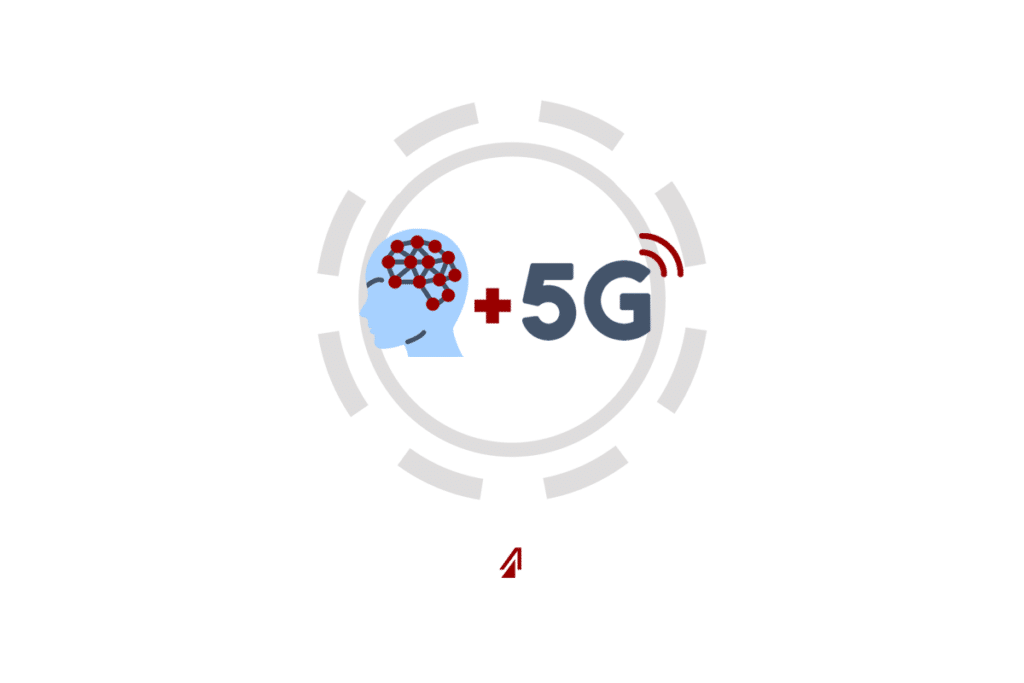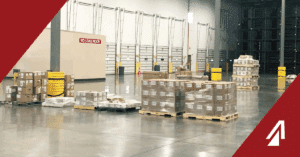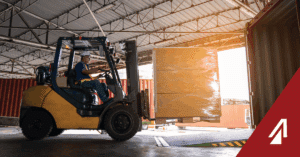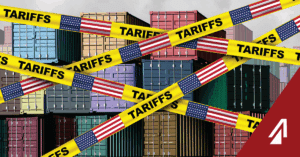5G is the next big thing in logistics (and frankly most industries) technology. Industry experts (like those from analytics solutions leader Accedian) are touting its processing speed to be several 1000 times faster than current 4G LTE – saying simple voice commands on cell phones could go from seconds to process to milliseconds. Other experts, such as Steve Canepa, Global Managing Director of telecommunications, media, and entertainment at IBM, say that, “There really is no limit on the number of use cases that can be enhanced with 5G, and we’re just now realizing some of the benefits as we’re still in the early stages of this transformation.”
One of the obvious and exciting benefits 5G will have is its interaction and improvement of artificial intelligence (AI). AI is a cutting-edge technology that can help companies replace workers performing routine, labor intensive transactional activities with highly intelligent, thinking computers. Current AI supports useful and intuitive tools that make industries, like logistics, move quicker and more efficiently; but, adding 5G will take this breakthrough technology to the next level. See these 4 ways AI and 5G will improve logistics.
Data Aggregation & Modelling
End-to-end visibility has been one of the top issues supply chains have always faced, but the pairing of 5G and AI may put a stop to that. With 5G, there will be a “proliferation in sensors all around us, and each one of those sensors is a new input available to create better models,” said Jake Moskowitz, Head of the Emodo Institute at Ericsson Emodo. 5G will provide lightning-fast speed and reliability to sensors and allow sensors to capture and communicate that data to other sensors throughout a “neural network” in real time. Once the data is collected, AI can learn, model, and interpret the data to either make or provide the customer with meaningful decisions.
Battery Life and IoT
5G and AI will be able to help prolong battery life and strength through AI engines. These engines have applications that allows batteries to work more efficiently and effectively. One application is for the network of sensors to work and report data on longer journeys. Traditional RFID tags have a very limited range (some as short as 500 feet), but with AI, batteries can be improved and allow shippers to track their freight anywhere at any time. Not only that, but this will also improve the life of other IoT devices like scanners and cell phones.
Artificial Intelligence of Things
Like IoT, artificial intelligence of things (AIoT) is quickly on the horizon; this technology allows artificial intelligence to be built into non-traditional computing devices such as cameras. Pairing AIoT with 5G can greatly enhance logistics operations such as warehousing and security. Before 5G, many security cameras and systems relied on Wi-Fi to upload and store video; and this was a problem because warehouses might not have sufficient Wi-Fi access point coverage around the site, and picture/video quality could be lost. With 5G, access points are wider and stronger, and it provides the processing speed to upload multiple video streams at once to a secure cloud network. AI can assess and process the data quickly to identify any irregularities.
5G at the Edge
In a previous blog, 5G and its Effect on Logistics, we discussed how 5G would be used to help create unified networks in cities. This is part of what makes up “The Edge”. According to 5G Americas, “Edge Computing refers to locating applications, general-purpose compute, storage, and associated switching and control functions that are required to run them – relatively close to end users and/or IoT endpoints.” Chris Pearson, President, 5G Americas explains it simpler saying, “Edge Computing locates processing power closer to where data collection actually takes place.” So, 5G and AI at the edge has a wide array of possibilities for logistics, ranging from safety to efficiency. AI-embedded sensors can be placed on vehicles or within IoT devices, as well as infrastructure, that collect and feed data to the cloud. Then the buildings, cities, and vehicles can make complex, real-time decisions based on what they see. 5G comes in by associating all the independent sensors and forming a neural network to provide context to what the sensors detect. Then it can communicate that data to maps or other central hubs to help avoid hazards or accidents, optimize routes, or hundreds of other scenarios.
5G is clearly going to have an impact on the logistics industry, and combined with AI, our technology will be faster, smarter, and more secure than ever. New devices will be able to detect more data and provide users with decisions to incredibly complex questions. With these possibilities, there really is no limit to what this combination can accomplish.



